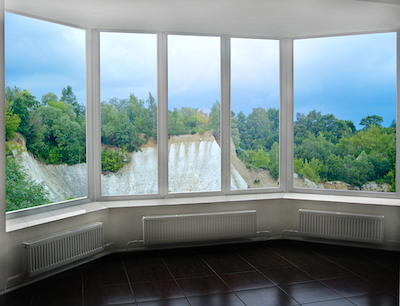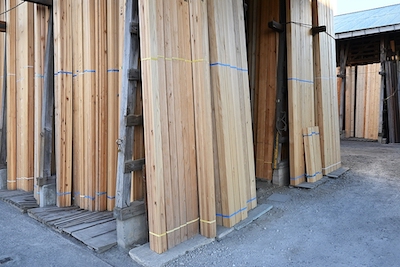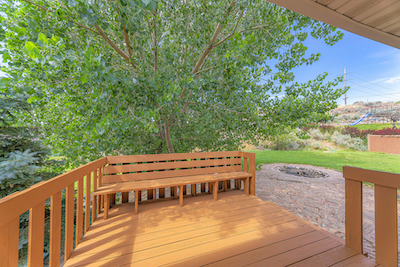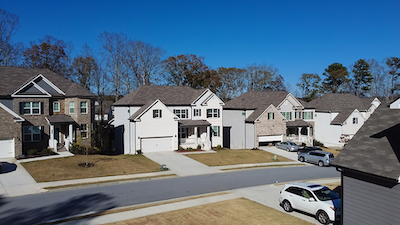Windows play a critical role in determining the aesthetics, energy efficiency, and safety of a building. Choosing the right windows is essential for both residential and commercial properties, but the requirements for each can differ significantly. In this article, we will explore the differences between commercial and residential windows, including their construction, materials, energy efficiency, safety, and cost. Understanding these distinctions can help you make informed decisions when selecting windows for your project.
- Construction and Design
Residential Windows:
Residential windows are designed to provide natural light, ventilation, and a pleasant view for homeowners. The primary focus of residential window design is to create a comfortable living environment. Residential windows come in various shapes, sizes, and styles, including double-hung, casement, sliding, and awning windows. They often feature decorative elements like grilles and muntins to enhance the home’s appearance.
Commercial Windows:
Commercial windows, on the other hand, are typically designed to maximize natural light and energy efficiency while providing a sleek, modern appearance. These windows are often larger and more expansive than residential windows, making them suitable for office buildings, retail spaces, and other commercial properties. Commercial windows are commonly found in fixed, operable, or curtain wall systems that provide a continuous, unbroken facade. This design helps create a professional and modern aesthetic.
- Materials
Residential Windows:
Residential windows are primarily made from wood, vinyl, or aluminum. Wood windows offer a traditional look and feel but require regular maintenance to protect them from the elements. Vinyl windows are a popular choice for homeowners due to their low maintenance, affordability, and energy efficiency. Aluminum windows are also a common option as they are durable and require minimal maintenance. However, they are not as energy-efficient as vinyl or wood windows.
Commercial Windows:
Commercial windows are typically made from aluminum or steel. Aluminum is lightweight, durable, and corrosion-resistant, making it an ideal material for large-scale window installations. Steel windows offer a higher level of strength and security than aluminum, but they are more expensive and require more maintenance to prevent rust. Both materials can be coated with a thermally broken system to improve energy efficiency.
- Energy Efficiency
Residential Windows:
Energy efficiency is a top priority for homeowners, as it directly impacts utility bills and overall home comfort. Residential windows often feature double or triple-pane glass with low-emissivity (Low-E) coatings to minimize heat transfer. In addition, they may incorporate argon or krypton gas between the panes to further improve insulation. High-quality residential windows are designed to meet or exceed ENERGY STAR® guidelines, ensuring optimal energy performance.
Commercial Windows:
Commercial windows also prioritize energy efficiency, as it contributes to reducing operational costs and maintaining a comfortable work environment. These windows typically feature double or triple-pane glass with Low-E coatings, similar to residential windows. However, commercial windows may also utilize high-performance glazing and tinting to control solar heat gain and glare. Building owners and property managers should look for windows that meet the American Architectural Manufacturers Association (AAMA) performance standards to ensure optimal energy efficiency.
- Safety and Security
Residential Windows:
Safety and security are essential factors for homeowners. Residential windows often feature tempered or laminated glass, which is designed to shatter into small, less hazardous pieces when broken. This feature helps protect occupants from injury during accidents or natural disasters. In addition, residential windows can incorporate locks, security bars, or impact-resistant glass to enhance their security.
Commercial Windows:
Commercial properties also prioritize safety and security. Commercial windows often use laminated, tempered, or wired glass for increased strength and resistance to breakage. These windows may also feature reinforced frames, concealed locking mechanisms, and access control systems to deter break-ins. In addition, commercial windows must comply with local building codes and safety regulations, which often include requirements for fire resistance, emergency egress, and impact resistance.
- Maintenance and Durability
Residential Windows:
Maintenance and durability are important considerations for homeowners. Residential windows made from wood require regular maintenance, including painting and sealing, to protect against moisture and decay. Vinyl windows are more low-maintenance, only requiring occasional cleaning to keep them looking new. Aluminum windows are also low-maintenance but may be susceptible to scratches or dents over time. Residential windows are designed to last for many years but may need replacement after 15 to 30 years, depending on the material and quality.
Commercial Windows:
Commercial windows need to withstand the rigors of a commercial environment, including high traffic, exposure to the elements, and potential impacts. As a result, they are constructed using durable materials such as aluminum or steel. These windows require minimal maintenance, typically involving regular cleaning and occasional hardware adjustments. With proper care, commercial windows can last for several decades.
- Cost
Residential Windows:
The cost of residential windows can vary significantly depending on the material, style, and quality. Vinyl windows are often the most affordable option, while wood and aluminum windows tend to be more expensive. High-quality, energy-efficient windows can be a significant investment upfront, but they can save homeowners money in the long run by reducing energy bills and increasing home value.
Commercial Windows:
Commercial windows are generally more expensive than residential windows due to their larger size, more robust construction, and specialized glazing and framing systems. However, investing in energy-efficient commercial windows can lead to lower operating costs and a more comfortable work environment, resulting in a positive return on investment over time.
Conclusion
Both residential and commercial windows serve crucial roles in providing natural light, energy efficiency, and safety to their respective environments. The key differences between the two lie in their construction, materials, design, and performance requirements.
Residential windows prioritize comfort, aesthetics, and energy efficiency for homeowners, while commercial windows focus on creating a modern, professional appearance and maximizing natural light for occupants. When selecting windows for your project, it’s essential to consider the unique needs and requirements of the space to ensure the best possible outcome. By understanding the differences between commercial and residential windows, you can make informed decisions that will enhance the functionality, appearance, and overall success of your project.














